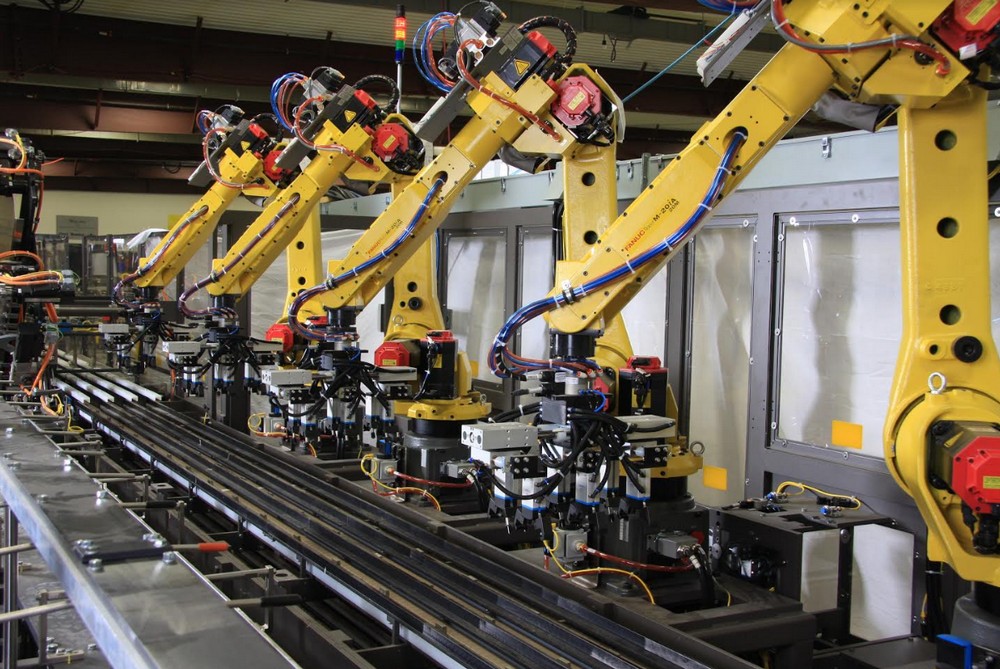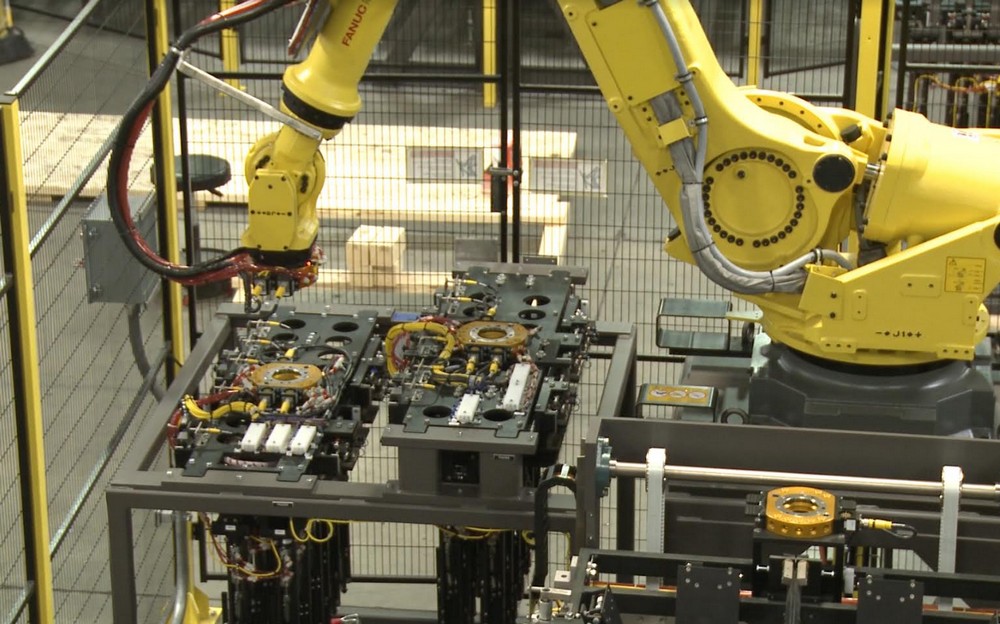By Stephen Gandy, Applications Engineer, Brenton Engineering, a member of the ProMach family of brands
The rule of thumb when deciding between robotic or conventional case packers has been:
- Use a robot when top loading regular slotted cases (RSC) at a rate of 30 to 40 cases per minute.
- For higher speeds, use a high-speed conventional sideload case packer
The rule is no longer as true today because robots now cost less and are easier to use, creating more options for packagers. Here are three suggestions for gaining advantages from the new economic realities of robots in case packing.
1) Consider adding multiple robots to increase throughput
It is now economically feasible to have two, three, four, or more robots in a case packing application where before there was only one. With each additional robot comes higher throughput. Multiple robots can have a smaller footprint than a conventional sideload case packer. When adding robots, size the units correctly. Smaller robots cost less and if the payload is low, there is no reason to invest in larger units. This helps to make multiple robot systems more cost effective.
2) Utilize both Delta and multi-axis robots for product orientation benefits
If product orientation and pack pattern would slow down a multi-axis unit, ask the supplier about installing a Delta robot paired with a multi-axis arm unit in an integrated system. The Delta robot creates the pattern and a multi-axis arm unit loads the case. This dual solution rapidly changes pack patterns, increasing flexibility.
3) Utilize automatic tool changeover when greater flexibility is required
Automatic tool changeover decreases downtime, lowers labor costs, and makes the line more flexible in terms of packing a wide range of products. Be sure to discuss with the OEM the potential benefits of adding automatic tool changing capabilities.
Additional thoughts on robotic case packing
The investment in a robot doesn’t end when the line is decommissioned as it would with a conventional sideload case packer. Operations personnel simply move units to a new area of the plant. Robots require less maintenance than conventional case packers as well.
Work with an end of line OEM that offers both robotic and conventional case packers. These suppliers will recommend the best solution – robotic or conventional – and not push one to the exclusion of the other. Explore with the OEM the feasibility of multiple robotic systems, mixed systems, and automatic tool changeover. Investigate the impact these strategies



